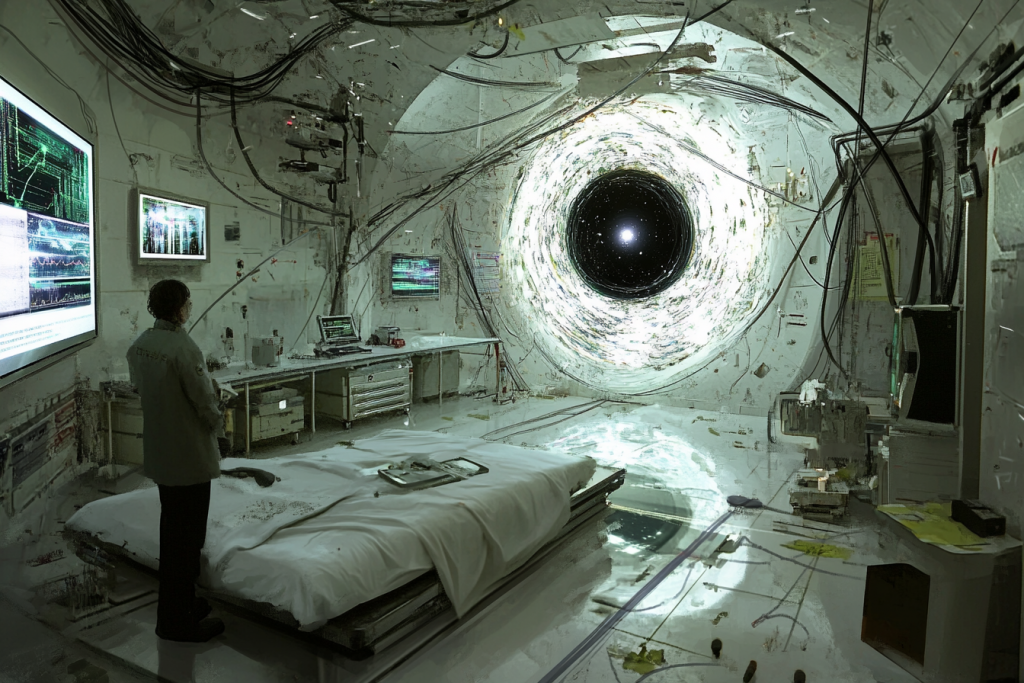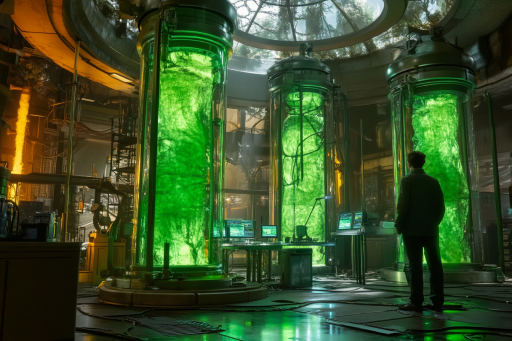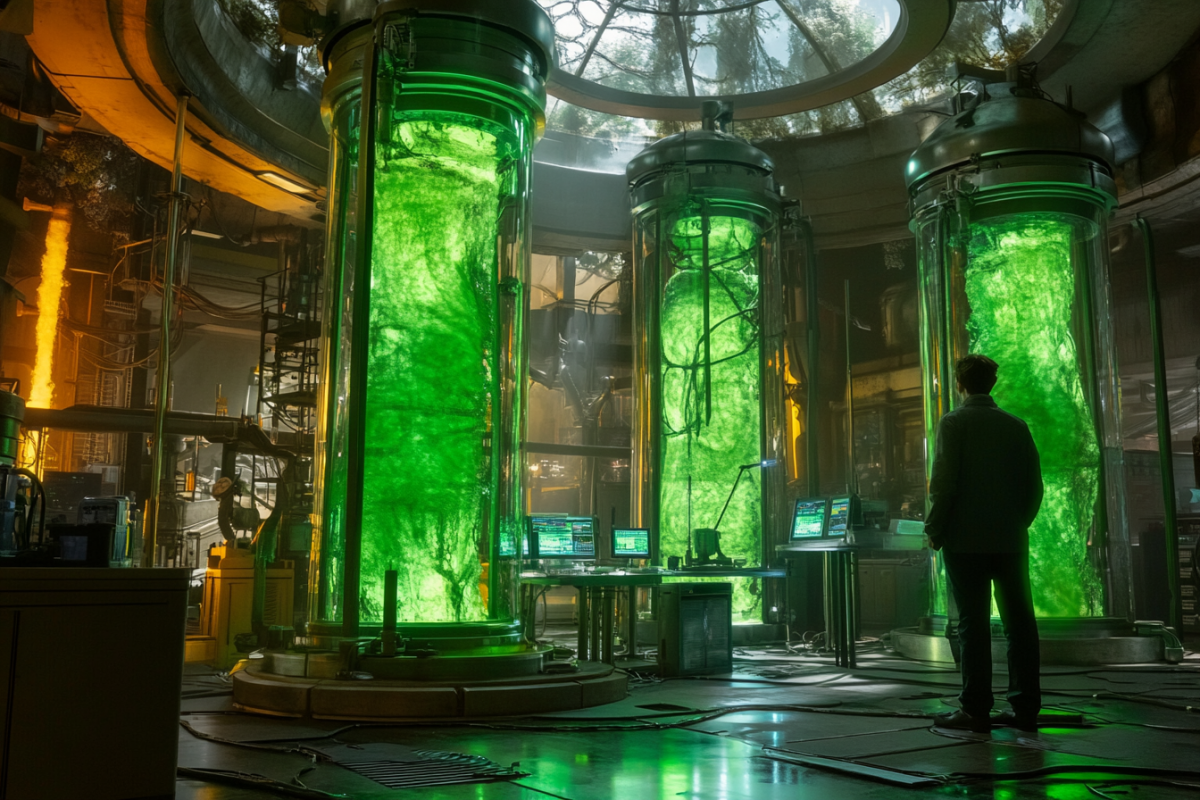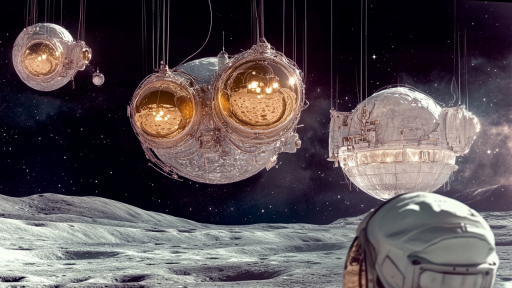
Science pushes the boundaries of what we know, but sometimes, those boundaries push back. Throughout history, experiments have led to eerie, unexplained, and downright terrifying consequences—some so bizarre they sound like science fiction. From eerie aftereffects to unintended horrors, these events reveal that the pursuit of knowledge can sometimes open doors best left closed. What happens when science crosses the line into the unknown?
The Soviet Dog That Lived Without a Head

In the 1940s, Soviet scientist Sergei Bryukhonenko conducted gruesome experiments on dogs, using a primitive heart-lung machine to keep a severed head alive. Witnesses claimed the decapitated dog blinked, licked its nose, and even responded to sounds. While these experiments paved the way for organ transplants, the sight of a living, conscious head remains one of the most disturbing images in scientific history.
The Time Scientists Created a Black Hole

When CERN’s Large Hadron Collider was first activated, some feared it could create a black hole capable of swallowing the Earth. Scientists dismissed the idea, but in 2010, the collider produced microscopic black holes—exactly what conspiracy theorists had warned about. Though they evaporated instantly, the eerie reality that humans momentarily created tiny voids of nothingness remains unsettling.
The Bizarre Case of Schizophrenic Mice

In an attempt to understand schizophrenia, scientists implanted human brain cells into mice. The result? The mice exhibited human-like brain activity, showing signs of enhanced memory, learning, and, disturbingly, erratic behavior. This left researchers wondering—how much of a mind can be transferred before an animal becomes something more than just a test subject?
The Deadly Glow of Radium Girls

In the early 1900s, factory workers painting watch dials with radium were encouraged to lick their brushes to create finer details. They soon developed horrifying conditions—glowing bones, rotting jaws, and agonizing deaths from radiation poisoning. What was first seen as a miraculous scientific discovery turned into one of history’s most gruesome industrial tragedies.
The Monkey-Human Hybrid That Was Almost Born

Soviet scientist Ilya Ivanov attempted to create a human-ape hybrid in the 1920s, inseminating female chimpanzees with human sperm. When that failed, he planned to impregnate human women with ape embryos—until his funding was cut. The experiment never came to fruition, but the idea of an artificial human-ape hybrid remains one of the most disturbing “what-ifs” in science.
The Forgotten Town Poisoned by LSD

In 1951, the French village of Pont-Saint-Esprit fell into chaos when dozens of residents suffered terrifying hallucinations. People saw demons, thought they could fly, and some even leaped from buildings to their deaths. Decades later, a theory emerged: the CIA had secretly dosed the town’s bread with LSD as part of mind control experiments. The truth remains unknown.
The Man Who Became Magnetized

After undergoing deep brain stimulation for Parkinson’s disease, a man suddenly developed an eerie side effect—his body began attracting small metal objects like a human magnet. While scientists tried to dismiss it as static electricity, the phenomenon remained unexplained. Could the experiment have unknowingly altered his body’s electromagnetic field?
The Unstoppable Self-Replicating Nanobots

Researchers working with self-replicating nanobots were shocked when the tiny machines began assembling themselves in unpredictable ways. Designed to mimic organic processes, the bots started forming structures scientists hadn’t programmed. While the experiment was contained, the realization that artificial life could evolve beyond human control was a chilling wake-up call.
The Day Scientists Revived a 30,000-Year-Old Virus

In a quest to understand ancient microbes, researchers unearthed and revived a virus frozen in Siberian permafrost for 30,000 years. Though harmless to humans, the experiment proved that long-dormant viruses could reawaken. With climate change accelerating permafrost thawing, could something far more dangerous be lurking beneath the ice?
The Girl Who Saw 100 Times More Colors Than Us

After a genetic study, scientists discovered a woman with an ultra-rare mutation—she could perceive 100 times more colors than the average human. She described hues no one else could even imagine, raising questions about how limited human perception truly is. What other senses might be lying dormant within us?
The Mind-Control Experiment That Went Too Far

During the MKUltra experiments, the CIA tested mind-control techniques on unsuspecting subjects, using LSD, hypnosis, and psychological torture. Some victims developed lifelong paranoia, amnesia, or completely altered personalities. The full extent of the program remains classified, leaving behind a trail of ruined lives and eerie questions about how much control science can truly exert over the mind.
The Spiders That Got High—and Spun Nightmares

Scientists once gave spiders drugs—including LSD, caffeine, and marijuana—to see how it affected their web-building. The results were terrifying: LSD produced intricate but eerie symmetrical webs, caffeine caused chaotic, nonsensical designs, and other drugs made the spiders abandon their webs entirely. The experiment remains a freakish look at how even small chemical changes can alter natural instincts.
The Human Ear Grown on a Mouse’s Back

In a groundbreaking experiment, scientists successfully grew a human ear on a mouse’s back using cartilage cells. The sight of a fully-formed ear sprouting from a living rodent was unsettling, but the research paved the way for organ regeneration. This strange fusion of biology and science blurred the line between medical progress and unsettling imagery.
When Science Asks the Wrong Questions

Scientific breakthroughs have given us incredible advancements, but sometimes, they leave us with more questions than answers. What happens when experiments push beyond ethical or natural boundaries? Have we already glimpsed the edge of knowledge we were never meant to reach? As science continues to evolve, we may discover that some discoveries come at a terrifying cost.





